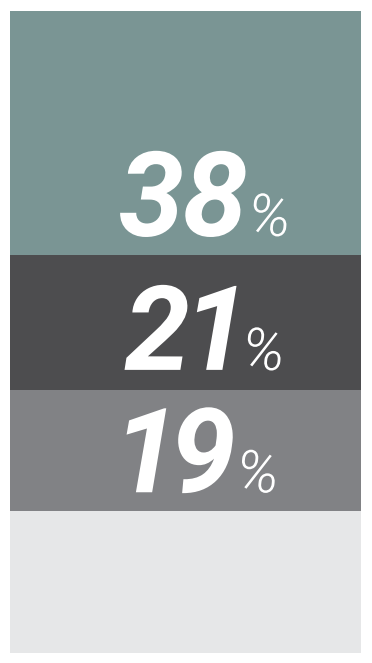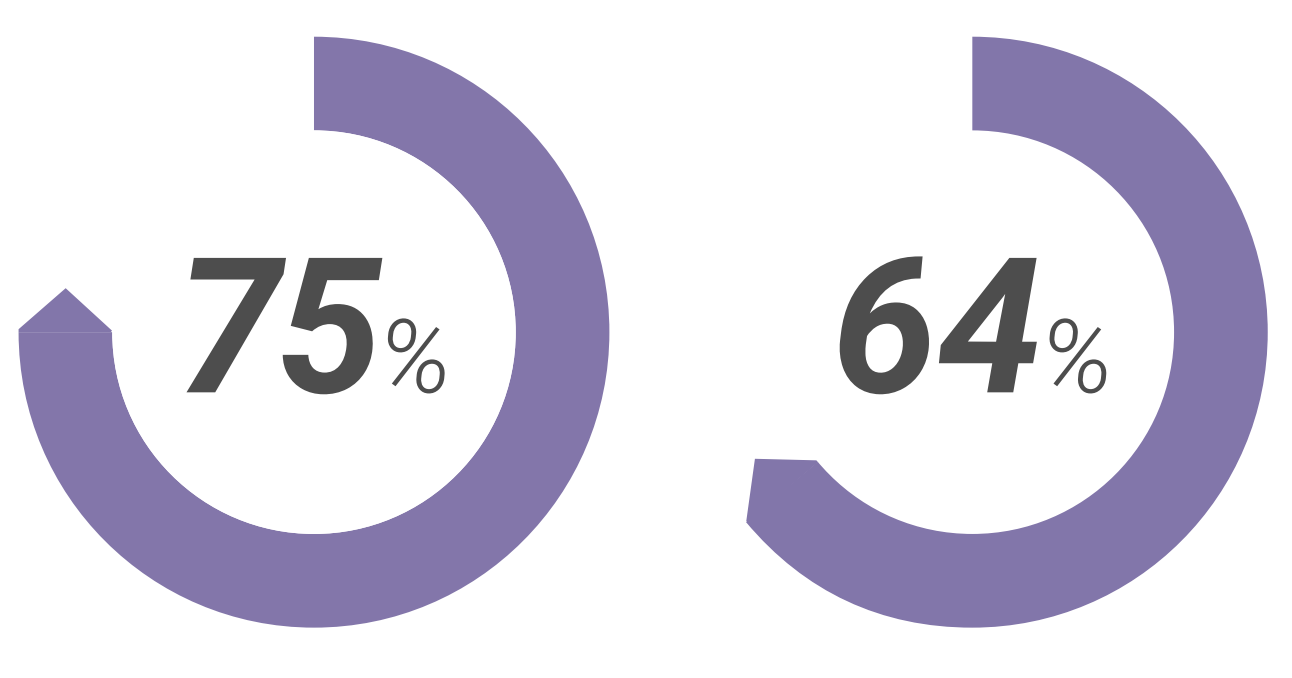The New Intelligent Edge
Four Drivers of Digital Transformation at the Intelligent Edge and the Key Questions That Will Help Architect Your Success
The Six New Design Dynamics of the Digital World
What was once a single, focused design aperture will widen significantly as devices gain the power to take autonomous action based on the intelligence they are gathering and managing.
- .The view is system centric: Silos constitute one of the three strongest inhibitors to digital transformation success.11 A shift is required in a world where electrical engineers are now only part of the team. Organizations that struggle with this intermingling of IP and resources will be hampered by trying to use old-world models to solve digital-world paradigms.
- Lifecycle thinking is vital: Products will not follow the build-once-and-ship-forever tradition. They will be dynamically adjusted to take in new data, mainly through the edge, and offer changing assets and experiences throughout their lifecycles. 5G and other connectivity methods will make over-the-air (OTA) updates common practice.
- The design process must scale: The need to go system-centric means thinking about scaling during the design process, and digital transformation will break old ideas about what scale means. In a world of 41 billion (and growing) connected devices, architecture must be designed to handle near-infinite scale from the outset. Think of a call center versus a website: A call center is limited by the number of people who staff it. A website is limited only by its technology backbone.
- Understanding specific functionality is critical: The always-on nature of the digital world means we cannot land the plane to change the parts — entire system upgrades cannot happen all at once. The capacity to perform hitless updates of live systems at scale must coexist with the ability to update applications at the thread and microservice levels.
- The speed, accuracy, and value of data matters in real-time decisions: The ability to extract, manage, and infuse AI components is an imperative. CEOs in sectors such as industrial manufacturing already understand it as truly differentiating: 28% use infused AI in data collection and ongoing management, and they are getting 2.6 times the ROI of their peers who do not.12 Developers for the intelligent edge need to be active players in that scenario.
- The nature of security is changing: Security has always been a priority — but historically that was the security of the platform. Now that every device can interact with every other device, the need for security is amplified almost infinitely. Building in intelligence and adaptability is key for a dynamic yet secure-everywhere, secure-inevery-moment construct.
References
- inc.digital
- Forbes/inc.digital, 2019
- IDC, 2019: www.idc.com/getdoc.jsp?containerId=prUS45213219
- Gartner, www.gartner.com/document/3991568
- Eclipse Foundation, 2019: drive.google.com/file/d/17WEobD5Etfw5JnoKC1g4IME_XCtPNGGc/view
- Forbes/inc.digital
- Forbes/inc.digital
- IDC, 2019: www.idc.com/getdoc.jsp?containerId=prUS45213219
- World Economic Forum
- IDC, 2019: www.igel.com/wp-content/uploads/2019/06/IDC-Infobrief-Leverage-Linux-toTransform-Endpoints-Jun-2019.pdf
- Forbes
- Forbes/inc.digital
- Forbes/inc.digital
- Forbes/inc.digital
- Forbes/inc.digital







